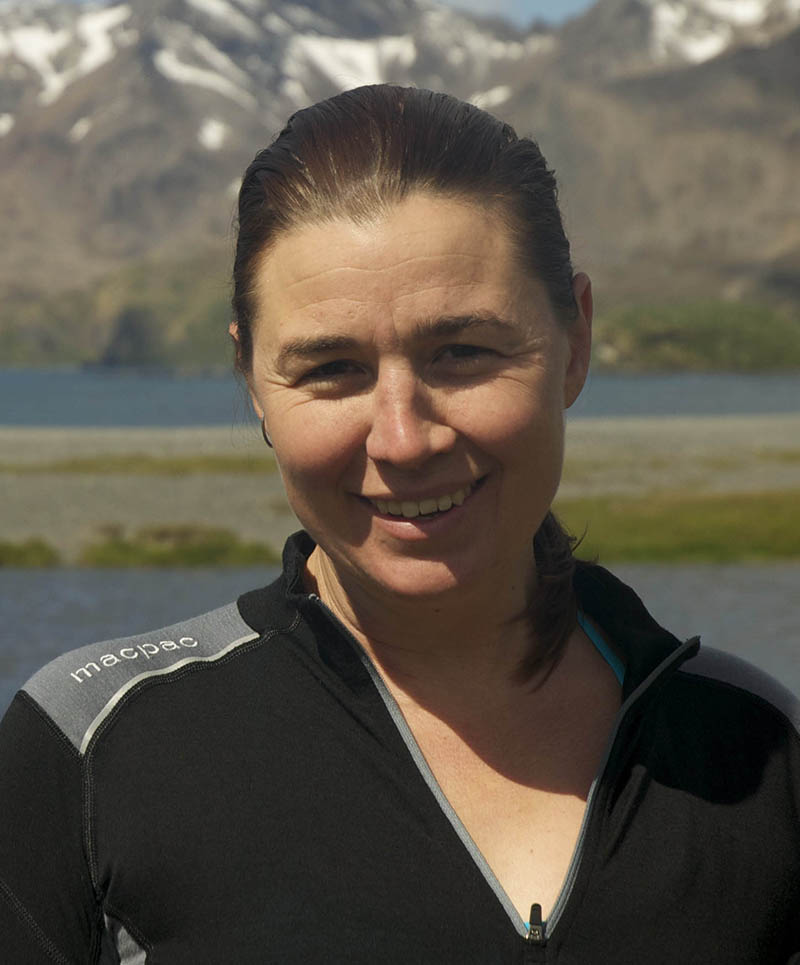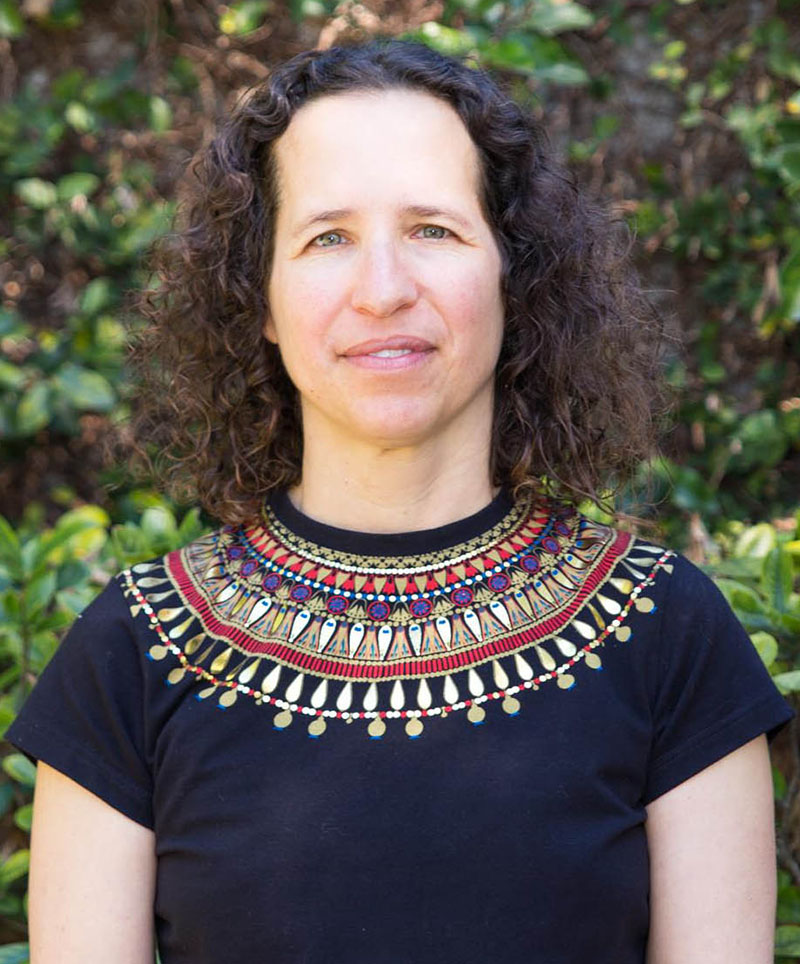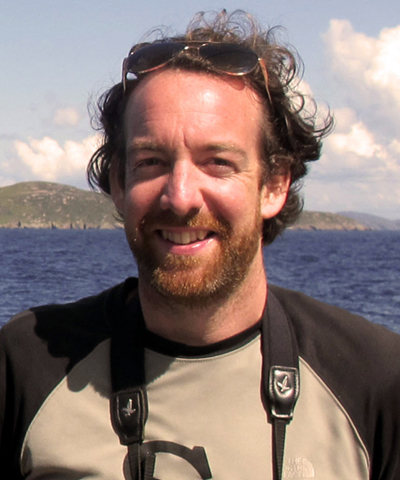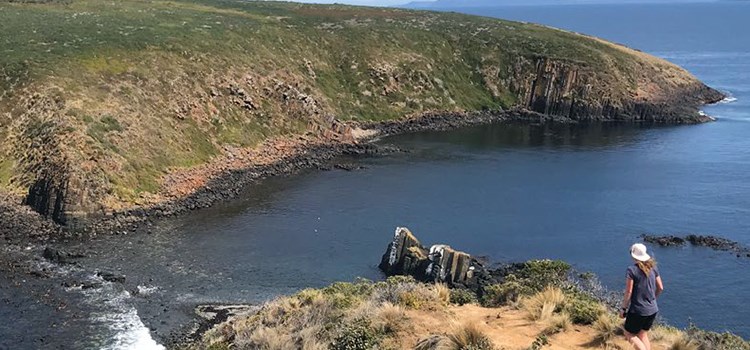
Research in Brief
Australia’s islands support a disproportionate number of threatened species, but also frequently habour many invasive species that threaten native wildlife. To date at least 240 vertebrate pests have been eradicated from over 170 Australian islands. This project will support better conservation decisions for managing Australia’s islands by synthesising knowledge and learning from previous management and eradication of invasive species on islands, and the some of the impacts of management on island ecosystems. The project will explore instances of where previous eradications may have, at times, lead to unanticipated outcomes and how we can learn from them to inform future island management. The findings of this project will help managers, decision-makers and island communities in future island and threatened species management.
Why is the research needed?
To date there have been over 240 successful eradications of vertebrate pests on over 170 Australian islands. Invasive species eradication influences island ecosystems, which is of course the desired result. However, there can be unanticipated ecological outcomes from eradications. This presents challenges for decision-makers, managers and island communities in assessing whether to undertake an eradication and how best to implement eradication and subsequent monitoring strategies.
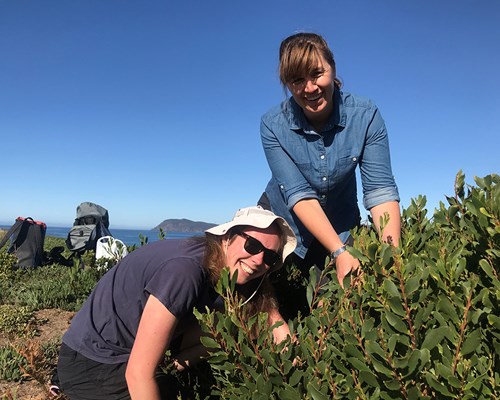
PhD student Penny Pascoe and Dr Justine Shaw sample across the ecosystem to detect how seabirds, which are impacted by cats, drive nutrient flow on island ecosystems. Photo: Claire Mason
How will the research help?
This project will address how we can better predict the ecological interactions that may arise from invasive species eradications.
Every island has its own unique management challenges; however, there is considerable knowledge to be gained from previous islands’ management and research.
This project will determine: How can we best capitalise on past management to inform current threatened species and invasive species management on islands? How can we make better decisions in the future regarding pest eradications on islands to optimise our conservation return on investment?
This research will also inform where to conduct post-eradication monitoring. This will assist land managers in determining how monitoring effort should be focused, including for which species and communities, and when and where in the landscape.
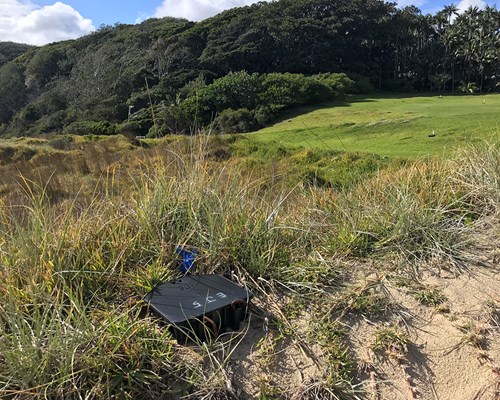
Lord Howe Island, recently underwent a whole island rat eradication, it involved aerial baiting, hand distribution and bait stations. Photo: Justine Shaw
What research activities are being undertaken?
This project is a synthesis project. It will undertake a comprehensive review of island eradications undertaken in Australia. From available data and expert elicitation it will capture what was eradicated, what has been monitored and, where knowledge is available, how threatened and other species have responded to eradication. We will also examine how this varies over time and for different species, and the role of island size in driving responses to eradication. The project will draw on information and data collated by Threatened Species Recovery Hub projects 4.2.2 (Actions for saving threatened species on priority islands) and 4.2.3 (Post-eradication monitoring on Macquarie Island), during multiple workshops and expert engagement, and new data collated from literature searches of both grey and peer-reviewed literature.
Who is involved?
The project is being led by researchers from The University of Queensland with the Office of the Threatened Species Commissioner a key partner. Several PhD students are involved in the project who are based at The University of Queensland and the University of Tasmania.
Where is the research happening?
This research will have benefits for the future management of all of Australia’s islands. The majority of this work is desk-based, with a targeted workshop in Canberra, and several expert elicitation face-to-face consultations in New South Wales, Victoria, Tasmania and Western Australia. A small case study project related to this project is being undertaken on Tasmania’s Bruny Island
When is the research happening?
The project will run from January 2020 to March 2021.
Further Information
For more information please contact
Justine Shaw - j.shaw6@uq.edu.au
Top image: Offshore islands can sometimes provide havens from feral cats; however, some can become accessible at low tides. Courts Island, Tasmania. Photo: Justine Shaw
-
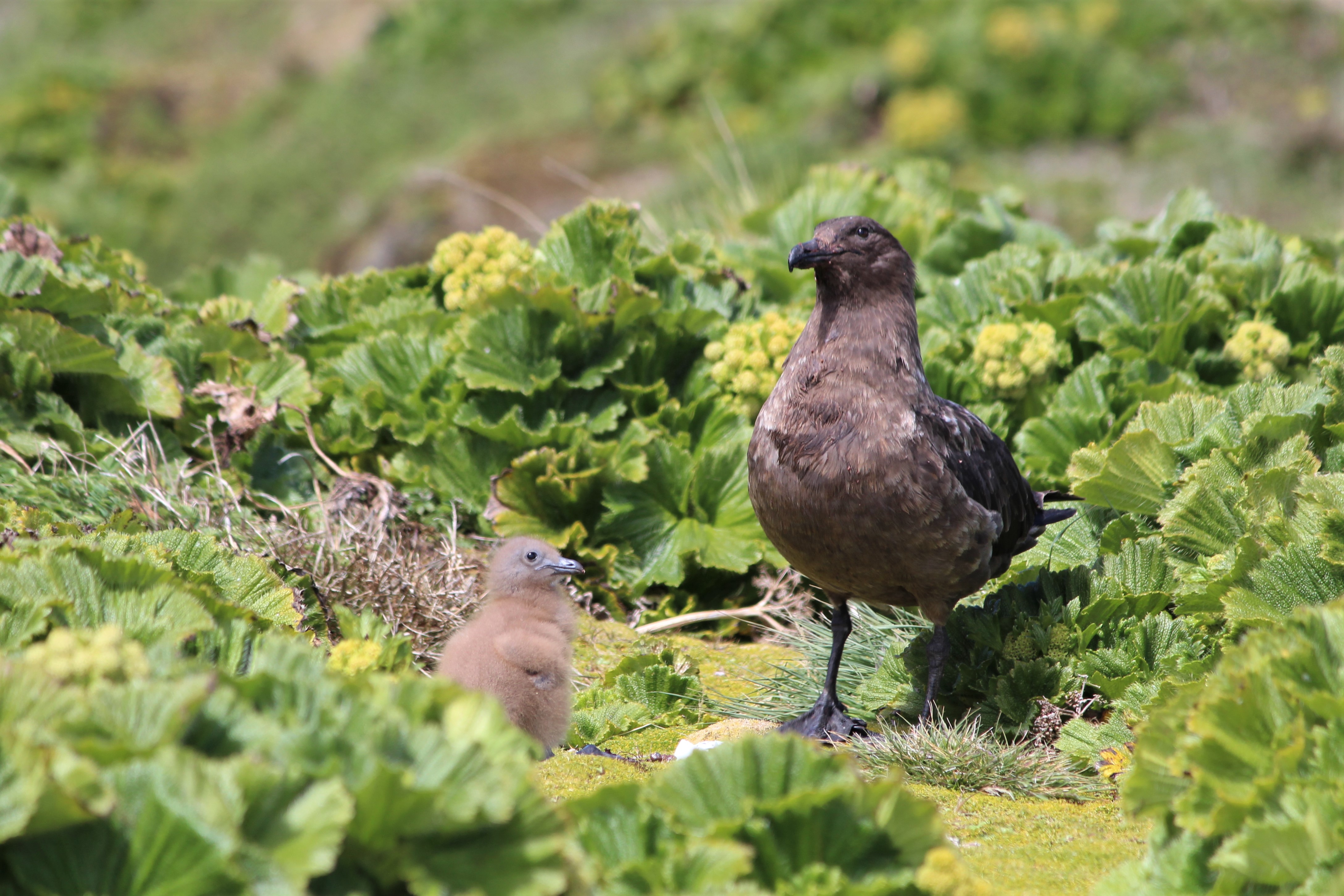
How the brown-skua, a top-native predator, is responding to rabbit eradication on Macquarie Island
Friday, 09 July 2021 -
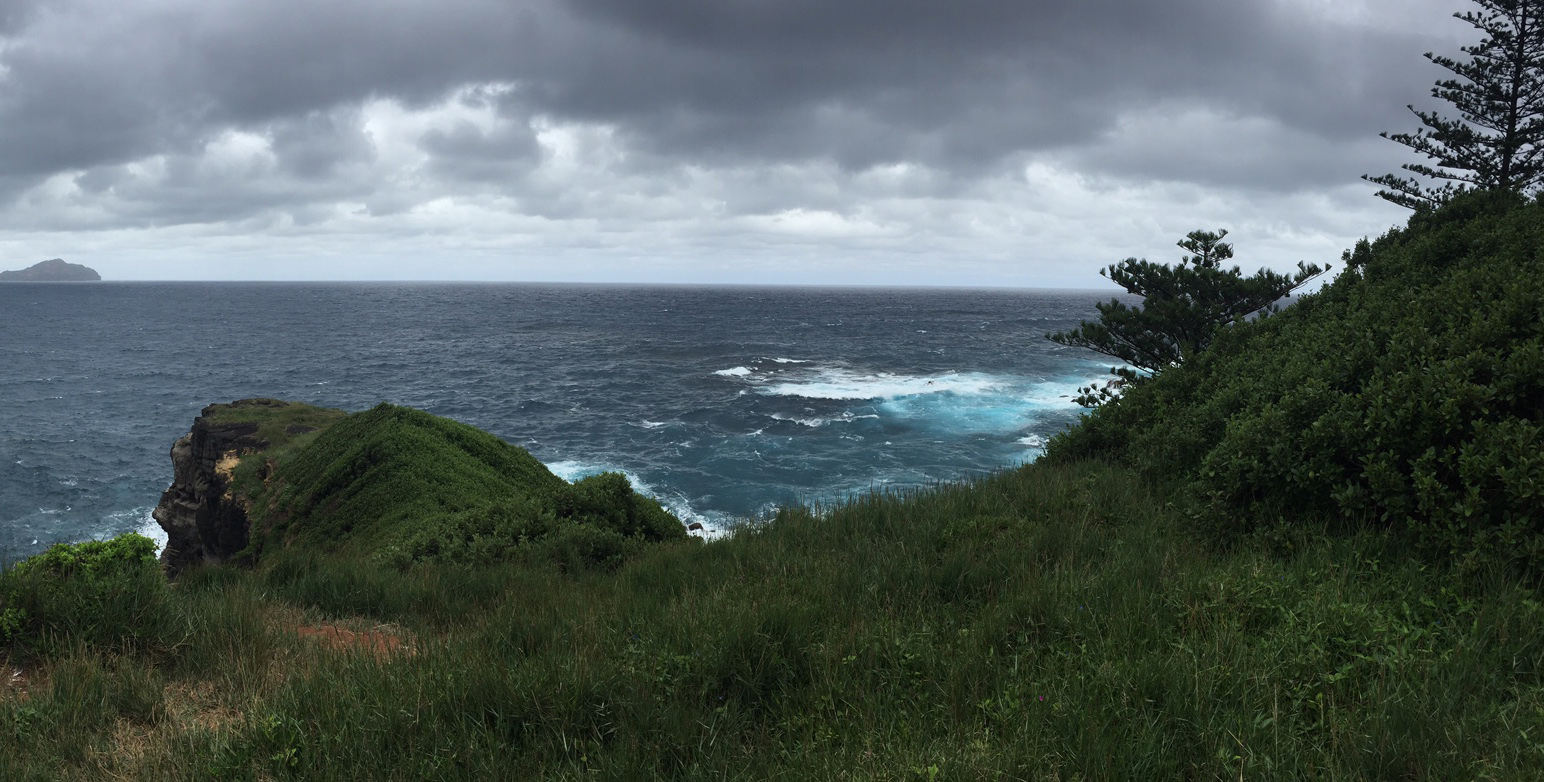
Success, failure and lessons learned on Australian islands
Wednesday, 04 May 2016 -
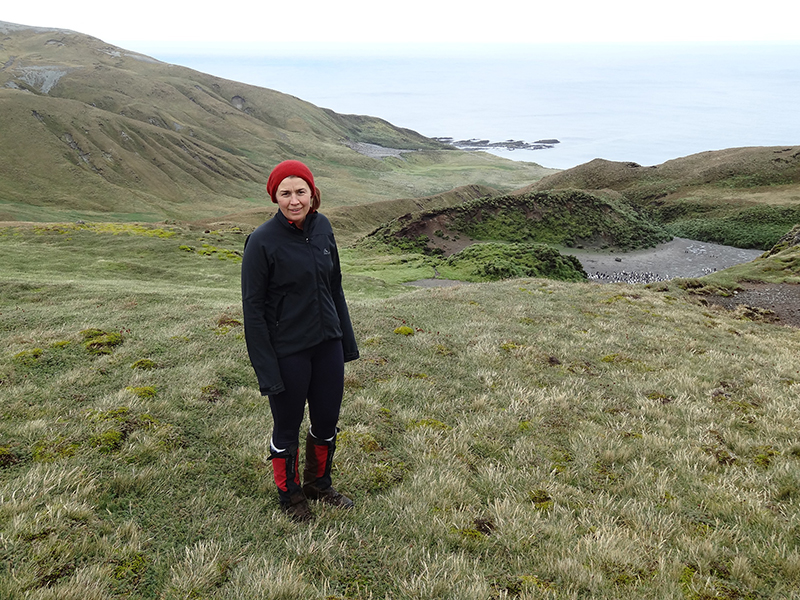
Watching Macquarie Island transform after a massive intervention
Friday, 20 October 2017 -
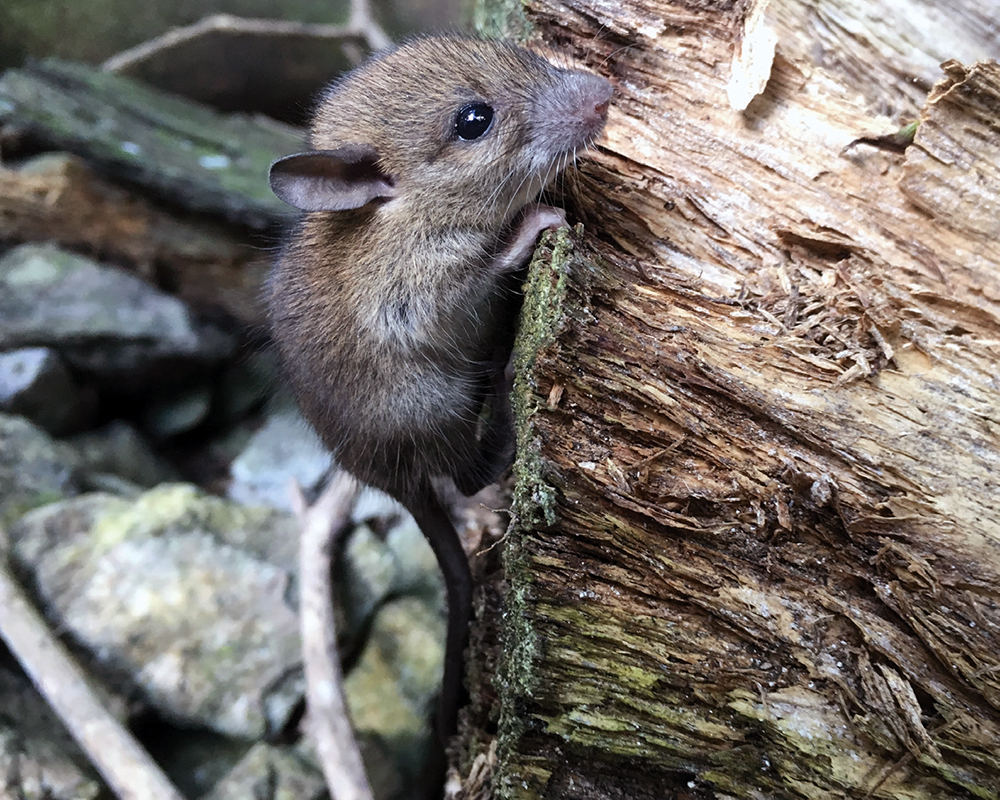
When the cat’s away will the rats play?
Monday, 16 March 2020
